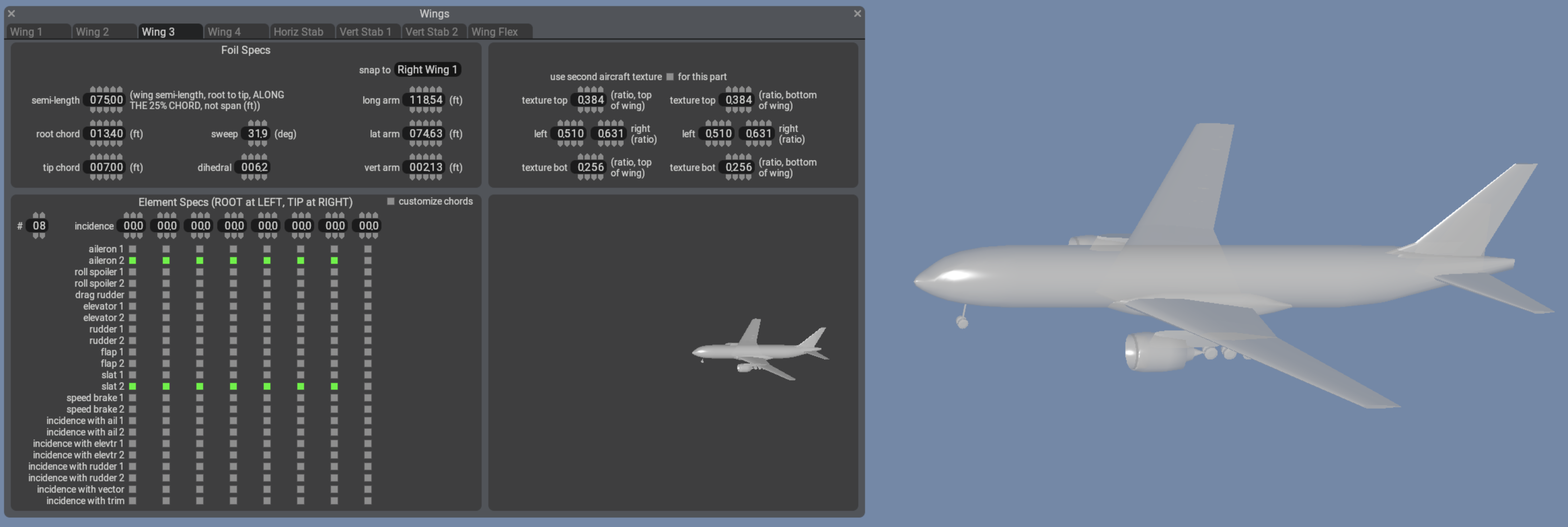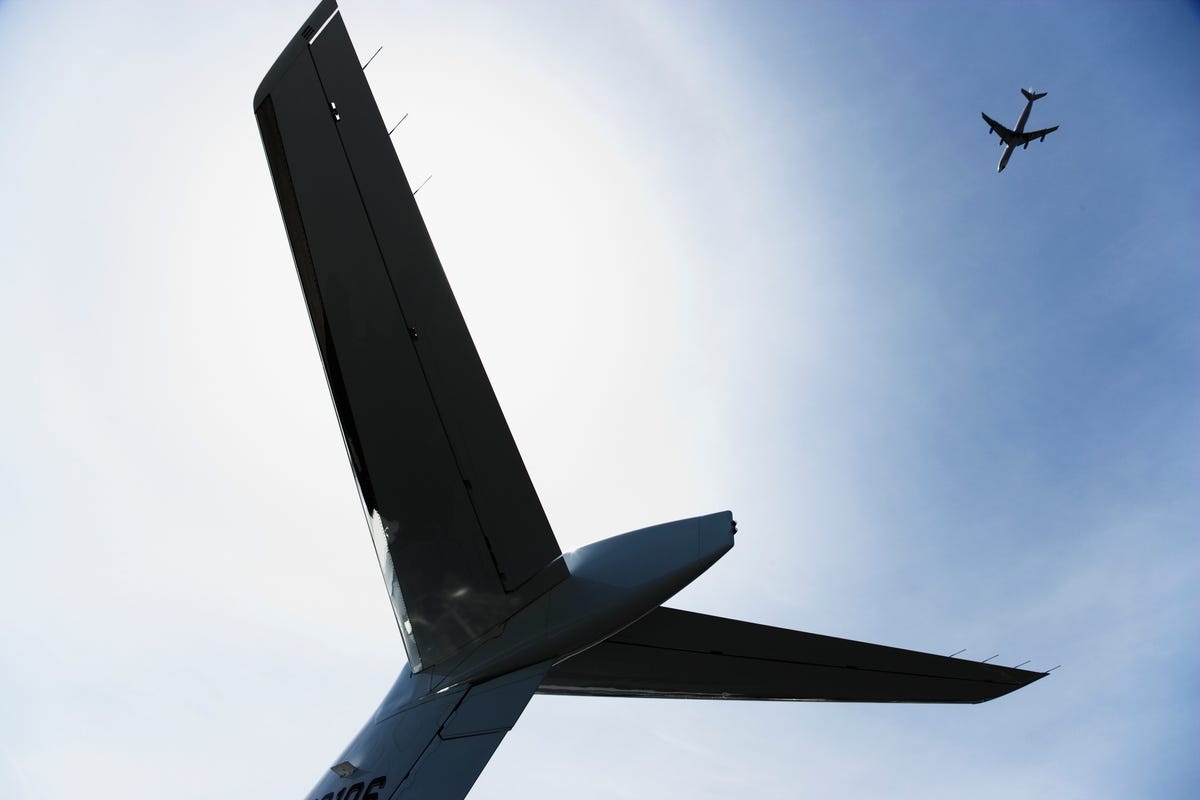Roll In Aircraft - This article is about pitch, pitch and roll as axes of symmetry of an airplane. For the meaning in mechanics, see Moment of inertia § Principal axis. For Euler angles with similar names, see Euler angle § Tet–Brien angle.
An airplane in flight is free to roll in three dimensions: pitch, nose left or right around an axis that goes up and down; Pitch about axis running from wing to wing, nose up or down; and flips, rotating around an axis that runs from nose to tail. The axes are alternatively designated as vertical, lateral (or transverse) and longitudinal respectively. These axles move with the vehicle and rotate with respect to the earth along with the vehicle. These definitions were applied similarly to spacecraft where the first manned spacecraft were developed in the late 1950s.
Roll In Aircraft

These rotations are produced by torques (or torques) about the principal axes. In an aircraft, these are produced by deliberately moving the control surfaces, which change the net aerodynamic force distribution around the vehicle's gravity. Elevators (turns in the horizontal tail) produce pitch, a rudder in the vertical tail produces yaw, and ailerons (turns in wings moving in opposite directions) produce roll. In a spacecraft, the motions are usually generated by a feedback control system consisting of small rocket thrusters that are used to apply asymmetric thrust to the vehicle.
Did Concorde Ever Perform A Barrel Roll?
Typically, these axes are denoted by the letters X, Y and Z to compare them to a reference frame, usually called x, y, z. Typically, this is done so that X is used for the vertical axis, but there are other ways to do this.
The yaw axis originates from the center of gravity and is directed down the aircraft, perpendicular to the wings and fuselage reference line. Movement around this axis is called tilt. A positive yaw movement moves the nose of the airplane to the right.
The term yaw was originally used in navigation and referred to the motion of an unsteady ship rotating about its vertical axis. Its etymology is unclear.
) originates from the center of gravity and is directed to the right, parallel to a line drawn from wingtip to wingtip. Movement around this axis is called step. A positive lift motion raises the nose of the aircraft and lowers the tail. Elevators are the main step control.
Roll Pitch Yaw Stock Photo
) originates from the point of gravity and is directed forward, parallel to the fuselage reference line. Movement around this axis is called rotation. Angular displacement around this axis is called bank.
A positive twisting motion raises the left arm and lowers the right arm. The pilot rotates the elevator by raising it on one arm and lowering it on the other arm. This changes the angle of the bank. Ailerons are the main bank control. The wheel also has a secondary effect on the bank.
These axes are related to, but not identical to, the principal axis of inertia. They are the axes of geometric symmetry, regardless of the plane's mass distribution.

In aeronautical and aerospace engineering, internal rotations about these axes are often called Euler angles, but this conflicts with current usage elsewhere. The calculation behind them is similar to the Fret-Serrate formula. Performing a rotation in an internal reference frame is equivalent to right-multiplying its characteristic matrix (the matrix that contains the reference frame vector columns) by the rotation matrix. Imagine you are cruising at FL350 sitting in the left seat on a 737. Sometime after takeoff the yaw damper failed, so you let the first officer fly. You've hidden a few water bottles behind the right seat and reach to grab one when your knee buckles. You bank to the right. What happens next is a Dutch flip.
Mitsubishi Rolls Out Mrj
Dutch roll occurs naturally in many aircraft. Sometimes it's done on purpose like an aerobatic maneuver - and sometimes it happens by accident and makes everyone feel like an aerobatic passenger.
A Dutch roll is a series of out-of-phase turns where the aircraft rolls in one direction and cancels in the other. Its name comes from the motion of a classic Dutch skating technique. Check it out on a plane here: (Sorry for the shaky video, it was the best example we could find.)
Even if you never understand why a dutch roll happens, you will understand where the name comes from... Now for the important part: why a dutch roll happens.
Let's look at two types of stability – roll stability (also known as lateral stability) and roll stability. Stability describes what happens when your ship is disturbed from a stationary position - does it stay in a new position, return to the original position, or continue to move further away?
Rolls Royce Aims To Build World's Fastest Electric Aircraft
Let's go back to example 737 - you have initiated an inconsistent right turn. This tilts the lift vector to the right, causing sideways movement. Instead of the air stream flowing directly into the nose, it is now coming from the right side. Take a look at the example below - see how the wind is hitting the straight edge of the right wing and the leading edge of the left wing at an angle?
From our article on wing sweep, you learned that air flowing parallel to the chord line creates lift. So in the example above, the right wing has more air flowing parallel to the chord line than the left wing, meaning the right wing produces more lift. This effect is known as the dihedral effect because it mimics the stabilizing effect of a dihedral. This is a result of positive rotational stability; The extra lift brings the plane back level. However, this additional lift also creates drag that pulls your nose to the right.
Your vertical stabilizer helps prevent yaw motion caused by right arm drag. With the nose tilted to the right, airflow approaches the vertical stabilizer from the left. Your vertical stabilizer creates lift to the right, pulling the nose to the left. (Yes, the vertical stabilizer actually generates lift - it's not just the wind that "pushes" the tail into position).
But, with a typical swept-wing aircraft, this yaw stability is not as strong as the roll stability due to the sweep. While the tail is still trying to line up the nose, the aircraft is overshooting to the left, causing side slip. Now the sweepback begins to lift the left wing, turning your 737 to the right. Crawling from the left side starts pulling the nose to the left.
Amazon.com: This Is How We Roll Airplane Pilot T Shirt
Most modern swept-wing aircraft have tilts that automatically correct dutch roll by quickly adjusting the lean. If your damper is not working, it can be difficult to stop the roll. Many modern swept-wing aircraft will fly themselves from a dutch roll if you stop adding control inputs. However, some older aircraft, such as the 727, can be difficult to recover. But we'll leave that technique to your SIM instructor.
Alex is the co-founder and technical director. He has worked in safety and operations in the airline industry and was a flight instructor and course manager for the University of North Dakota. You can reach him at aleks@ Have you ever wondered why your airplane initially leans to the left when you try to turn right? When you turn your ship left or right, your sails have a major flaw: they make an inappropriate yaw. So what is it? Here's what you need to know…
Reverse yaw is the tendency of an aircraft to deviate in the opposite direction of the turn. For example, as you roll to the right, your airplane may initially be on the left.
When you roll the plane to the right, your right iron goes up and your left iron goes down. The aileron in the up position (the right aileron in this example) has less lift and less drag than the aileron in the down position. A down-angled aileron (left aileron in this example) creates more drag and more lift by initially tilting the airplane in the opposite direction of your roll.
Pitch, Roll, And Yaw To Take Your Gis Applications To New Heights
But why does reducing iron increase traction? As with flaps, as you come down the runway, you change the wing chord line, creating a higher angle of attack (AOA). As AOA and lift increase, induced drag also increases, because the drag created when a pole is lowered is induced drag.
In a coordinated turn, reverse yaw is counteracted by using the steering wheel (in almost all cases, by stepping on the steering wheel in the turn). When you add rudder input, you are creating a lateral force on the vertical tail that counteracts the reverse cancellation. By adding rudder, you create a pitching moment that helps the airplane turn in the right direction and maintain balance.
Remember to watch the skid indicator on your instrument panel to make sure you are making a coordinated turn to best counter unwanted rollback.

The rudder does not balance the drag by creating more drag in the opposite direction to the wing. Instead, the rudder creates lift (like a wing) to steer
Video: Man Steals Passenger Plane, Barrel Rolls Before Crashing
Fbi aircraft, rittenhouse, fbi aircraft fleet, rittenhouse salon, aka rittenhouse, rittenhouse dentists, rittenhouse canada, 10 rittenhouse, rittenhouse sprayers, fbi surveillance aircraft, sonesta rittenhouse, rittenhouse spa
0 Comments